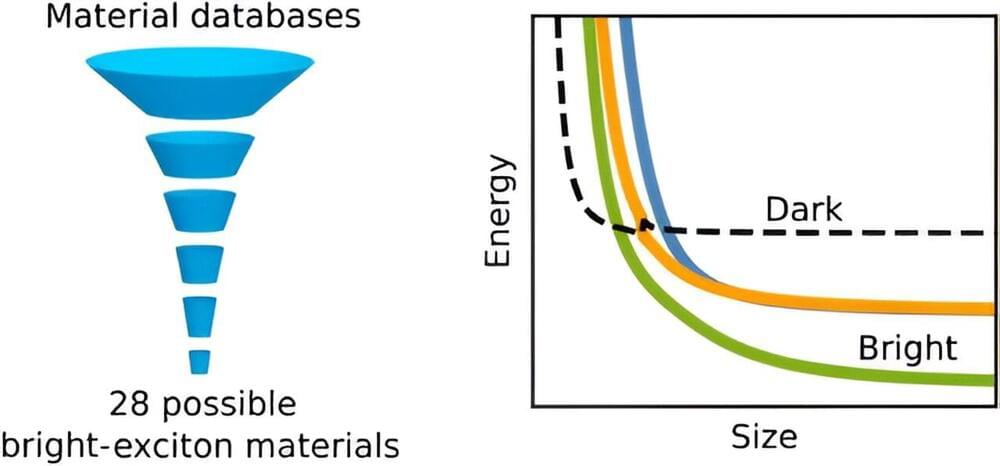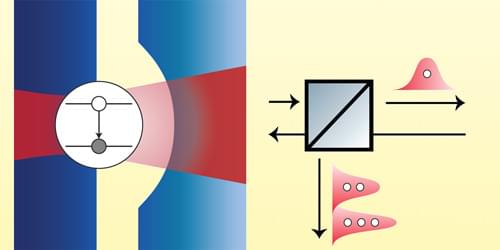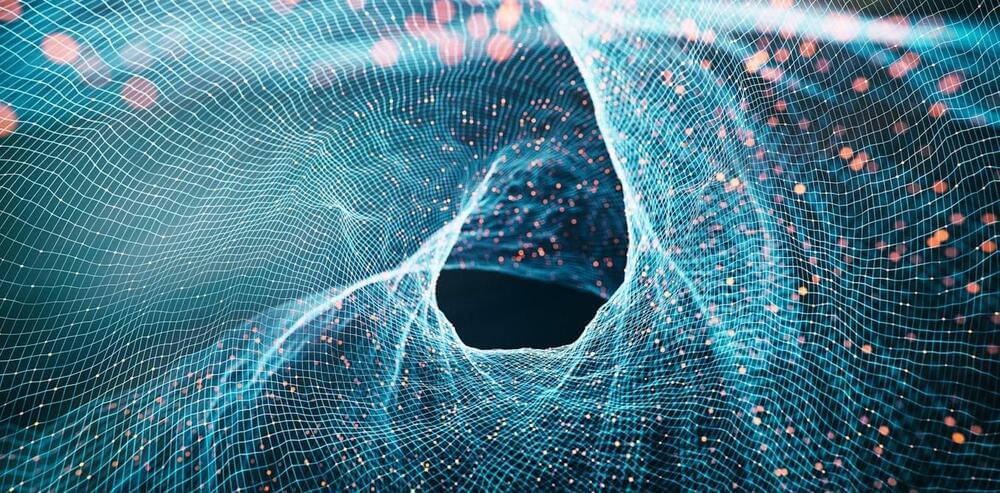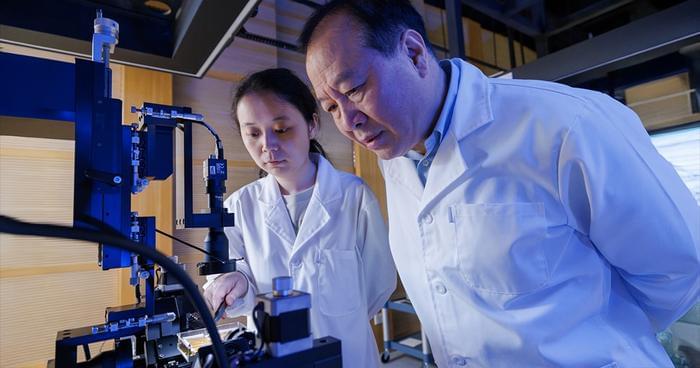I’ll never not see Neuralink as some kind of sorcery.
Category: computing – Page 236

Scientists Identify New Class of Semiconductor Nanocrystals
U.S. Naval Research Laboratory (NRL) scientists confirm the identification of a new class of semiconductor nanocrystals with bright ground-state excitons, a significant advancement in the field of optoelectronics, in an article published in the American Chemical Society (ACS) journal ACS Nano.
The groundbreaking theoretical research could revolutionize the development of highly efficient light-emitting devices and other technologies.
Generally, the lowest-energy exciton in nanocrystals is poorly emitting, earning the name “dark” exciton. Because it slows the emission of light, the dark exciton limits the performance of nanocrystal-based devices like lasers or light-emitting diodes (LEDs). Scientists have long sought to overcome the dark exciton.
New Quantum Computing Paradigm Could Make all the Difference
Learn science in the easiest and most engaging way possible with Brilliant! First 30 days are free and 20% off the annual premium subscription when you use our link ➜ https://brilliant.org/sabine.
A new approach to quantum computing — working with photons, or \.


Quantum information theorists are shedding light on entanglement, one of the spooky mysteries of quantum mechanics
But despite creating all these breakthrough technologies, physicists and philosophers who study quantum mechanics still haven’t come up with the answers to some big questions raised by the field’s founders. Given recent developments in quantum information science, researchers like me are using quantum information theory to explore new ways of thinking about these unanswered foundational questions. And one direction we’re looking into relates Albert Einstein’s relativity principle to the qubit.
Quantum computers
Quantum information science focuses on building quantum computers based on the quantum “bit” of information, or qubit. The qubit is historically grounded in the discoveries of physicists Max Planck and Einstein. They instigated the development of quantum mechanics in 1900 and 1905, respectively, when they discovered that light exists in discrete, or “quantum,” bundles of energy.




Publisher retracts 350 papers at once
IOP Publishing has retracted a total of 350 papers from two different 2021 conference proceedings because an “investigation has uncovered evidence of systematic manipulation of the publication process and considerable citation manipulation.”
The case is just the latest involving the discovery of papers full of gibberish – aka “tortured phrases” – thanks to the work of Guillaume Cabanac, a computer scientist at the University of Toulouse, Cyril Labbé, of University Grenoble-Alpes and Alexander Magazinov, of Skoltech, in Moscow. The tool detects papers that contain phrases that appear to have been translated from English into another language, and then back into English, likely with the involvement of paper-generating software.
The papers were in the Journal of Physics: Conference Series (232 articles), and IOP Conference Series: Materials Science and Engineering (118 articles), plus four editorials.

Sometimes leaving well-enough alone is the best policy. Ask Teja Santosh Dandibhotla.
Upset that a paper of his had been retracted from the Journal of Physics: Conference Series, Santosh, a computer scientist at the CVR College of Engineering in Hyderabad, India, contacted us to plead his case. (We of course do not make decisions about retractions, we reminded him.)
Santosh’s article, “Intelligent defaulter Prediction using Data Science Process,” had been pulled along with some 350 other papers in two conference proceedings because IOP Publishing had “uncovered evidence of systematic manipulation of the publication process and considerable citation manipulation.”